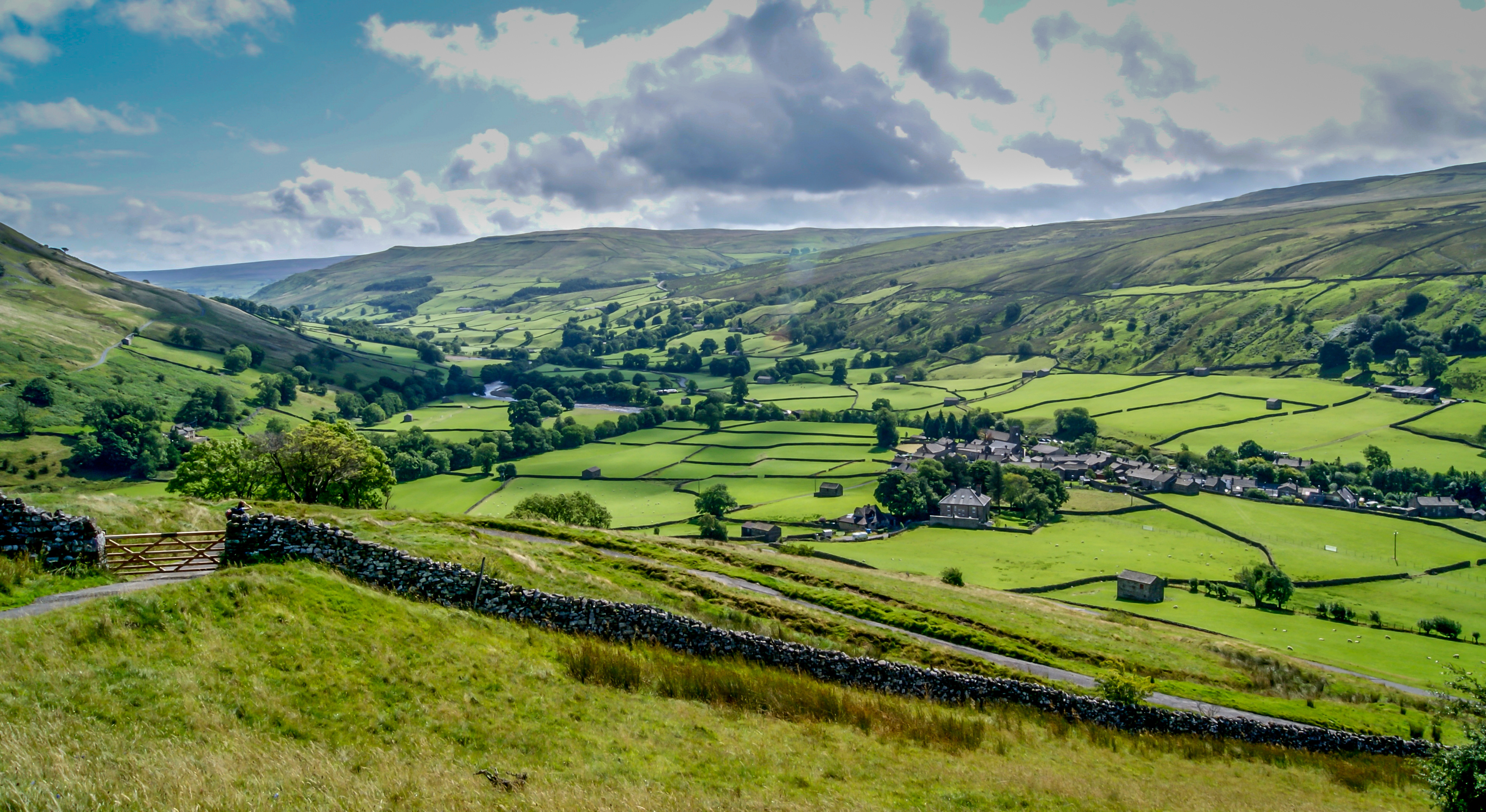



How can the EU build a sustainable livestock sector?
New report from the European Commission explores the sustainability and future of Europe's livestock sector.The new external study, prepared by two independent experts, on the future of the EU livestock covers the livestock sector’s economic importance, its environmental challenges and its role in the transition towards more sustainability.
Economic and social importance
Livestock plays a key role in European agriculture production, economy and rural vitality. The value of livestock production and livestock products in 2017 in the EU-28 was equal to € 170 billion, representing 40 percent of the total agricultural activity. 58 percent of EU farms hold animals and around 4 million people are employed in the livestock sector across the EU.

47 million tonnes of meat have been produced in 2017 in the EU, comprised of pig meat (50 percent), poultry meat (31 percent), beef (17 percent), and sheep and goat meat (2 percent). EU is now the world's second largest producer of meat, far behind China but ahead of the United States.
In terms of consumption, protein of animal origin covers over 50 percent of the total protein content of European diets. In 2020, each European is expected to consume 69.5 kilograms of meat and 236 litres of milk. Pork is in first place (31.3 kg) followed by poultry (25.6 kg) and ruminant meat (10.8 kg for beef and 1.8 kg for sheepmeat).
Environmental challenges
The study describes the significant environmental impact of the livestock sector both in positive and negative terms. In 2017, the EU-28 agricultural sector produced 10 percent of the region's total GHG emissions, which is less than industry (38 percent) or transport (21 percent).
Almost half of the agricultural emissions arising within the EU come from enteric fermentation (mainly ruminants) and the management of manures (all livestock).
The sectors are engaged in initiatives to reduce their C footprint. EU-28 agricultural GHG emissions decreased by 24 percent between 1990 and 2013. As technical progresses have been achieved, significant progress is still possible to mitigate GHG emissions: changes in feed production (use of legumes), smart use of manure (collection, storage facilities), improved herd management, improvement of animal health, precision feeding or use of feed additives.
Increasing sustainability in the livestock sector
The study highlights the EU livestock production’s efficiency. If production is reduced in the EU, the risk – if global demand for meat is sustained or increases – is that production and the associated impacts are displaced from the EU to other parts of the world. In addition, simply reducing EU livestock production might not lead to more sustainable agri-food chains.
Innovation will be crucial to reduce the negative impacts of the sector, including the use of agro-ecological approaches, technology and increased circularity.
The study also points to the importance of governance to ensure continuity of farm businesses and avoid putting employment at risk during the transition to sustainable livestock systems.
The role of the CAP and the Farm to fork strategy
Presented in May 2020 by the European Commission and part of the Green Deal, the Farm to fork strategy aims at making our food systems sustainable.
To achieve this, the strategy translated this goal into concrete targets for 2030: reaching 25 percent of agricultural land under organic farming, reducing by 50 percent the use and risk of pesticides, reducing by at least 20 percent the use of fertilisers and reducing sales of antimicrobials used for farmed animals and aquaculture by 50 percent.


